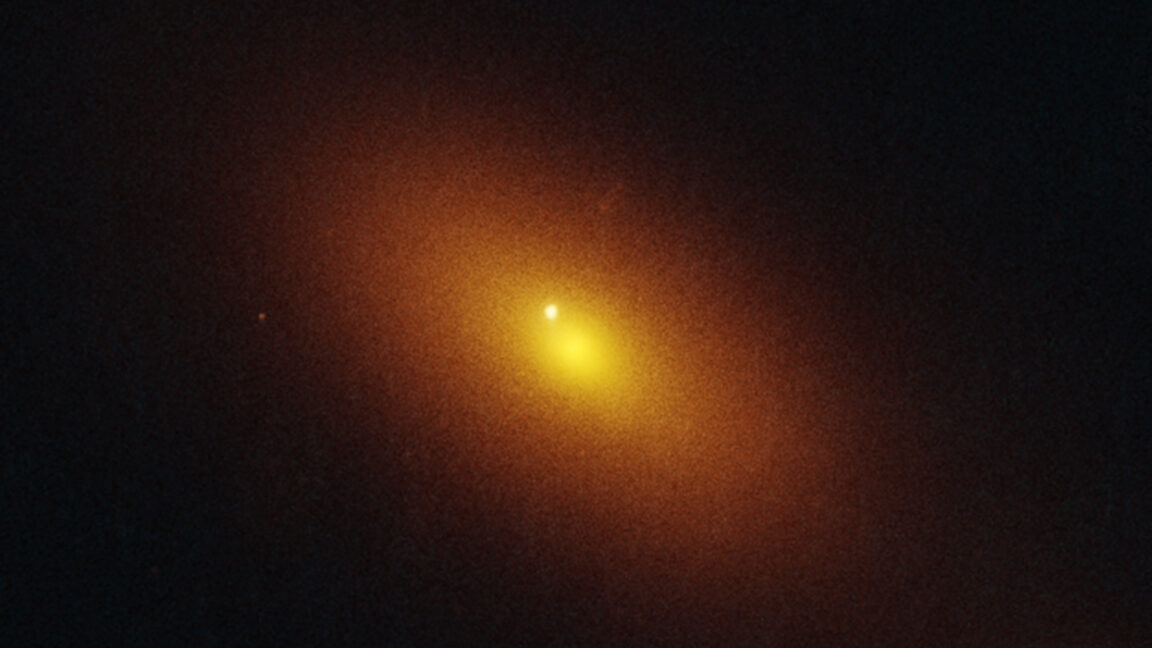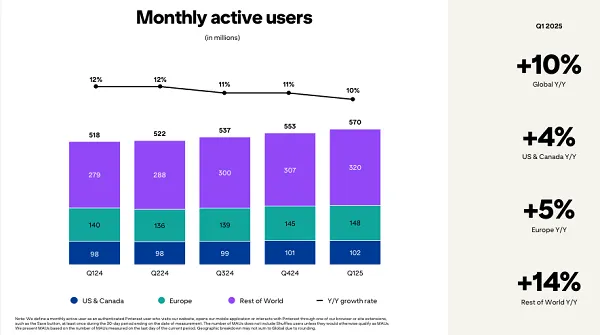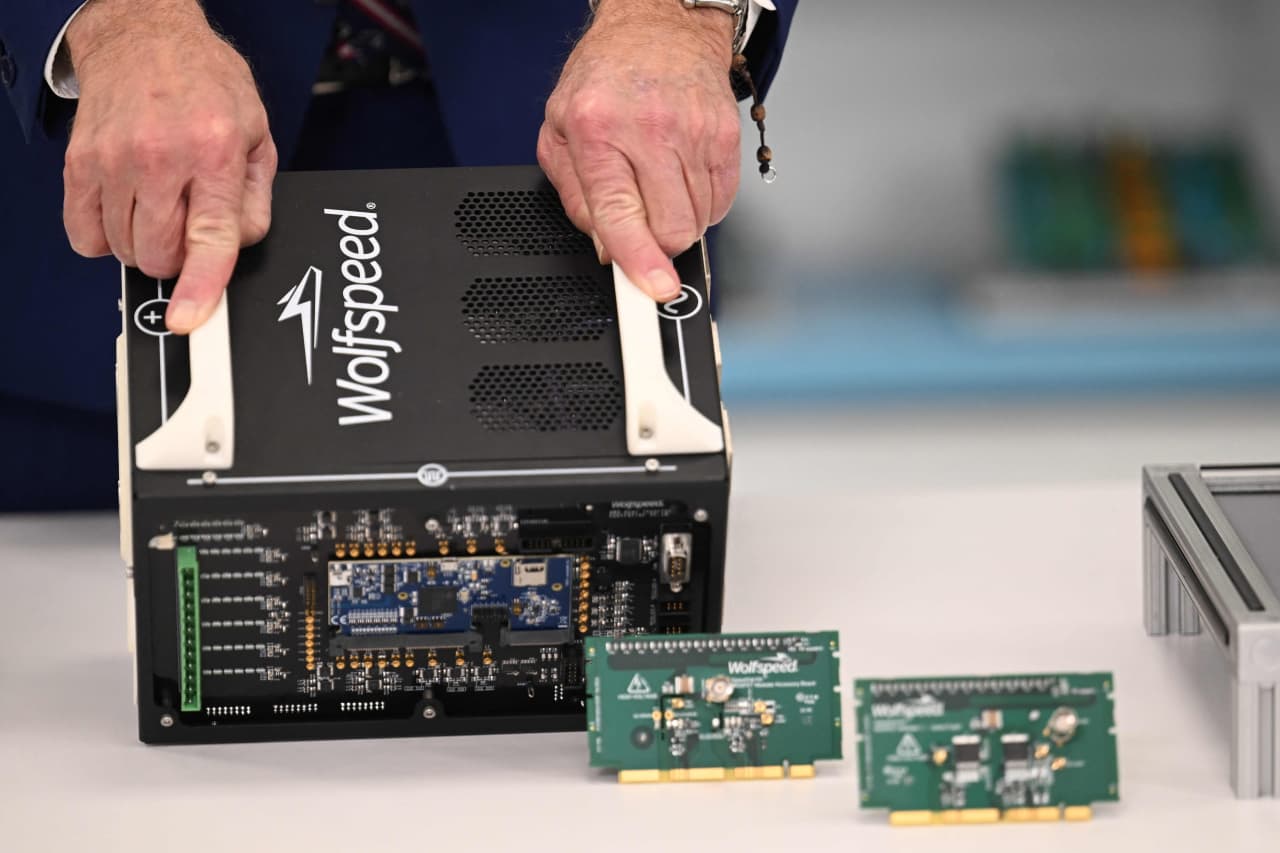A star has been destroyed by a wandering supermassive black hole
Second supermassive black hole is a long way from the galaxy's core.

Back in 2024, a system set up to identify objects that suddenly brighten found something unusual. Unfortunately, the automated system that was supposed to identify it couldn't figure out what it was looking at. Now, about a year later, we know it's the first tidal disruption event—meaning a star being ripped apart by a supermassive black hole—identified at visual wavelengths. It's also a rather unusual one, in that the supermassive black hole in question does not reside at the center of its galaxy. Instead, there's an even more massive object there, which is feeding on matter at the same time.
A mystery object
The object, now called AT2024tvd, was identified by the Zwicky Transient Facility, which is set up to scan the entire northern sky over a period of just two days, after which it repeats the process. Combined with software that scans the data for changes, these repeated exposures allow the system to identify objects that suddenly brighten (or, potentially, anything that suddenly goes dark). Among the events it can identify are tidal disruption events, where a star gets spaghettified by the enormous gravity of a supermassive black hole.
Normally, supermassive black holes live at the center of galaxies. So, the software that does the scanning will only flag something as a potential tidal disruption event if it coincides with the presence of a previous light source at the same location. And that wasn't the case with AT2024tvd, which appeared to be over 2,500 light years from the center of the galaxy. As a result, the software didn't flag it as a potential tidal disruption event; people didn't figure out what it was until they looked more closely at it.






















































![[Weekly funding roundup May 3-9] VC inflow into Indian startups touches new high](https://images.yourstory.com/cs/2/220356402d6d11e9aa979329348d4c3e/WeeklyFundingRoundupNewLogo1-1739546168054.jpg)









































































































































